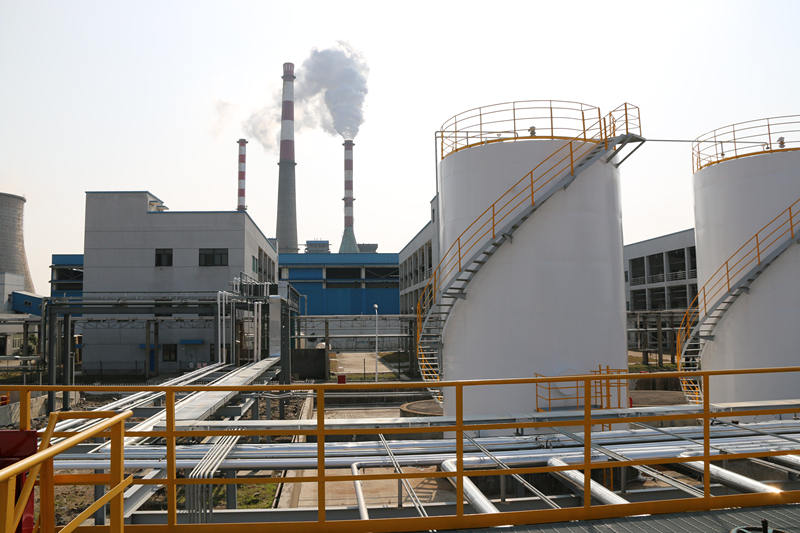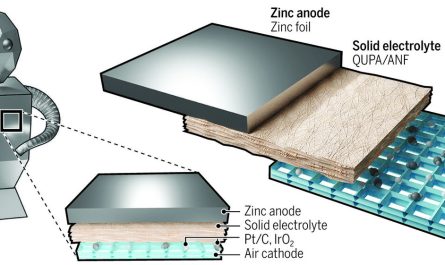The cement industry has seen rapid advancements in technology over the past few decades. While cement production processes have largely remained the same, auxiliary technologies and additives have helped optimize efficiency, reduce costs and enhance product quality. One such development that has significantly helped cement producers is the introduction of cement grinding aids. In this article, we explore the various types of grinding aids used in cement manufacture, their benefits, and how they are revolutionizing the industry.
What are Grinding Aids?
Grinding aids are chemical additives used in the final grinding process of cement manufacturing. During the grinding process, a large amount of energy is consumed to reduce the particle size of the raw materials such as limestone, clay, shale, and iron ore. However, the high surface area generated makes the particles agglomerate leading to lower production rates and difficulty in Finish Grinding.
Grinding aids overcome this issue by getting adsorbed onto the surface of the particles, thereby reducing the inter-particle attraction forces. This results in better powder flow properties and higher grindability. Some common grinding aids used include triethanolamine (TEA), glycol ethers, polycondensates of alkylene oxide, fatty acids, esters of glycols, amines and amides.
Benefits of Using Grinding Aids
The use of grinding aids offers numerous advantages in cement production:
Increased Grinding Efficiency – Adsorption of grinding aids on particle surfaces prevents agglomeration and coating, reducingEnergy consumption. This allows for higher grinding throughput and reduces power consumption by around 5-15%.
Enhanced Powder Flowability – Better flow properties of cement powder help improve product quality and processing. This facilitates smooth operation in storage silos and pneumatic transportation systems.
Higher Strength Development – Finer cement particles and reduced cake layers on grinding media surfaces with grinding aids translates to cements with better early and final strength development.
Lower Clinker Factor – The fineness achieved allows use of less clinker and more additives like fly ash and slag in blended cements. This reduces raw material costs and carbon footprint.
Types of Grinding Aids
Based on their chemical composition and mechanisms of action, Cement Grinding Aids can be broadly classified into the following types:
– Polycondensates: These are polymeric compounds formed by polycondensation reactions of amines, amides, alcohols and carboxylic acids. They function by reducing intermolecular attraction and chain entanglement.
– Lignosulfonates: Derived from sulfite waste liquor of wood pulp processing, they work by steric hindrance of particle contact due to large adsorbed molecules on surfaces.
– Organic esters: Compounds containing alcohol and carboxylic acid residues like triethanolamine oleate, present themselves at interfaces in microvoids thereby promoting dispersion.
– Amine compounds: Mono, di and tri-substituted amines are widely used. Adsorption on electrostatic and van der Waals forces alter particle charge and prevent agglomeration.
– Inorganic salts: Include ammonium, sodium and calcium halides. They reduce surface energy by anchoring at specific sites on cement particles.
Selecting the Right Grinding Aid
The choice of grinding aid depends on various factors like raw material properties, mill type, process conditions etc. Pilot plant trials are essential for determining the optimum dosage and combination of grinding aids to maximize performance. Amines are suitable for cement with high alkali content while polycondensates are preferred when alkali is low.
Impact on the Cement Industry
The benefits of grinding aids have revolutionized cement manufacturing globally. Their usage has enabled plants to enhance production capacities considerably without significant capital investments. This has improved supply abilities, resulting in economies of scale. Grinding aid customized solutions tailored for different cement grades have boosted the overall efficiency and quality consistency achievable through advanced process controls.
With rising energy costs and environmental regulations, grinding aids present themselves as a sustainable option reducing carbon footprint in cement production. Their ability to enhance clinker substitutability with supplementary cementitious materials assuages the pressure on limited resources. Looking at their significant impact on productivity, profitability and future-proofing of operations, grinding aids have become an indispensable part of modern cement manufacturing.
*Note:
1. Source: Coherent Market Insights, Public sources, Desk research
2. We have leveraged AI tools to mine information and compile it




